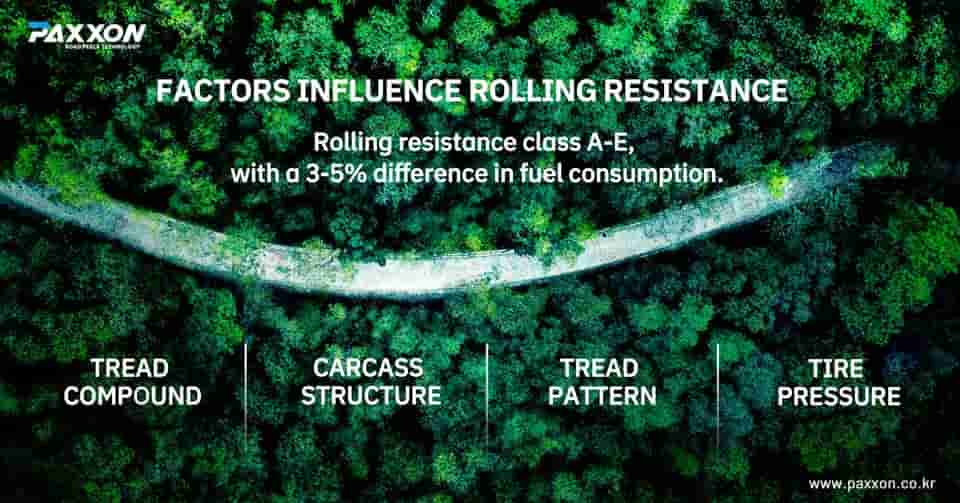Media
In the European market, tires are more than just essential vehicle components—they play a key role in transportation efficiency and operating costs.
According to the EU Tire Labeling Regulation, all commercial vehicle tires must display an energy efficiency rating (A–E).
Real-world tests show that replacing E-rated tires with A-rated ones on a long-haul truck can reduce fuel consumption by 3%–5%.
But what’s the science behind this difference?
Rolling Resistance: The Hidden Driver of Fuel Consumption
Rolling resistance refers to the energy lost as a tire deforms and recovers during motion, accounting for 25%–35% of a truck’s total fuel consumption.
The lower the resistance, the better the fuel efficiency. Key factors influencing rolling resistance include:
Tread Compound
Low-heat-generation rubber compounds reduce energy loss and help maintain cooler running temperatures at high speeds.
Tire Structure
Optimized steel belt design minimizes deformation, reducing energy consumption during rotation.
Tread Pattern Design
A balanced groove ratio and optimized contact area improve grip while keeping rolling resistance low.
Tire Pressure Management
Underinflation significantly increases rolling resistance. Regular pressure checks are essential to maintain fuel efficiency.
PAXXON’s Recommendation
When selecting tires, always check the rolling resistance grade (A–E) on the tire label.
For long-haul logistics and regional transport, PAXXON PTR58 164K high-performance tires are the ideal choice.
Featuring a high-wear-resistance compound, low rolling resistance design, and strong load capacity,
The PTR58 delivers reduced fuel consumption, longer mileage, and reliable performance—supporting every step toward greener transport.
PAXXON — Driving every journey with technology and efficiency.


